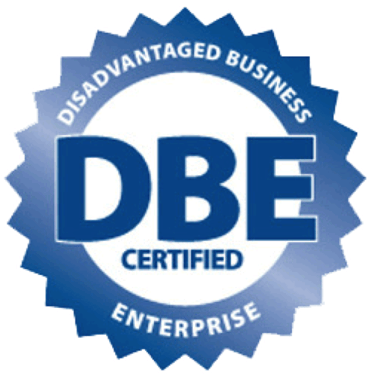Protecting Your Organization from Vendor and Contractor Risks


Understanding Third-Party Liability
When a vendor or contractor performs work on your behalf, their actions can create liability exposures for your organization. If their employee causes injury or property damage, your organization could be drawn into a lawsuit—especially if contracts or insurance certificates are incomplete or outdated. Vendor negligence can also create reputational and regulatory risks, particularly for nonprofits and public entities that rely on grant funding or public trust.
Common Scenarios
Consider a few common examples:
• A contractor’s worker is injured at your facility and sues both the contractor and your organization.
• An IT vendor mishandles sensitive client data, triggering a privacy breach.
• A subcontracted driver causes an accident while delivering goods under your company’s name.
In each of these cases, your organization may share liability depending on the contractual relationship and insurance terms in place.
Illinois Legal Context
Illinois courts have consistently ruled that hiring entities can be held partially responsible for vendor actions if due diligence and proper risk transfer measures are lacking. A Certificate of Insurance (COI) alone does not guarantee protection—it merely summarizes policy information at a given point in time. To ensure coverage, vendors must provide updated COIs and list your organization as an 'Additional Insured' on their liability policies. Well-drafted indemnification and hold harmless agreements can further strengthen contractual protection.
Best Practices for Vendor Risk Management
To reduce your exposure when working with third parties, Illinois organizations should implement a structured vendor risk management process:
• Require up-to-date Certificates of Insurance (COIs) from all vendors and contractors.
• Verify that your organization is named as an Additional Insured on liability policies.
• Confirm that policy limits meet or exceed your contractual requirements.
• Maintain a centralized COI tracking system to monitor expiration dates.
• Audit high-risk or long-term vendors annually to ensure compliance.
Insurance Considerations
Vendor relationships can affect multiple types of insurance coverage, including general liability, professional liability (E&O), and cyber liability. Your own insurance policy should explicitly cover contingent exposures resulting from subcontracted work. Nonprofits, municipalities, and grant-funded organizations must also ensure their vendor contracts meet state and federal compliance requirements.
→ Vendor partnerships can strengthen your business—but only with the right safeguards. Let’s review your vendor agreements and insurance requirements to close coverage gaps and protect your organization from third-party risk.
Sources
1. Illinois Department of Insurance – Business Liability Guidelines, 2025
2. IRMI – Vendor Risk Transfer Best Practices, 2024
3. ISO – Certificate of Insurance Compliance Guide, 2024
4. National Association of Insurance Commissioners (NAIC) – Commercial Liability Overview, 2025
Outsourcing services such as maintenance, cleaning, IT, and transportation helps Illinois businesses and nonprofits operate more efficiently. However, working with vendors and contractors also introduces third-party risk. A vendor’s insurance coverage may not always extend to your organization, leaving gaps in protection that can lead to costly claims.
Transforming small business consulting with dynamic energy.
Service
Trust
(312) 220-9200
© 2025. All rights reserved.


141 W. Jackson Blvd. | Suite 1502 | Chicago, IL | 60604






